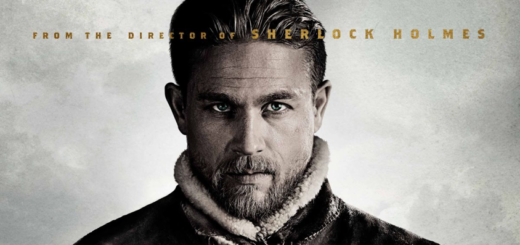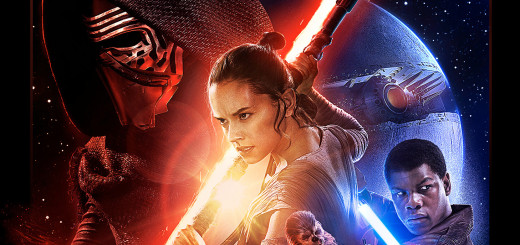GHOST IN THE SHELL Review
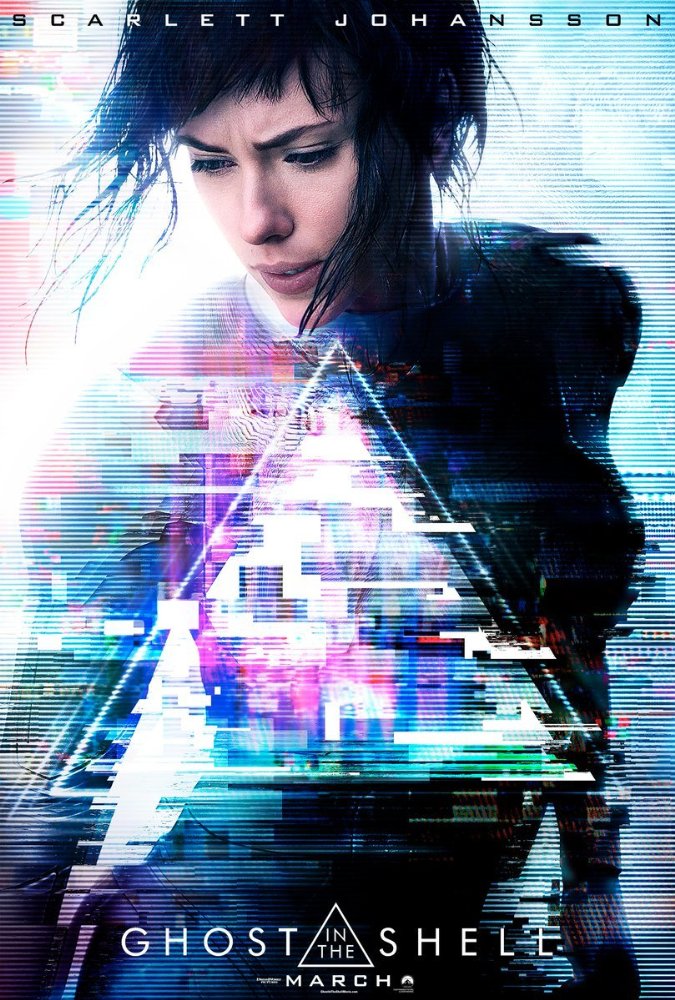
Year: 2017
Director: Rupert Sanders
Genre: Sci-Fi, Action
It was with no small amount of trepidation that I stepped into the theater for the 8:30 screening of GHOST IN THE SHELL. I’m fairly keen on the franchise, and the last time I watched a feature installment from it, I left the theater with a sour taste in my mouth. I didn’t want to see the anime legend embarrass itself again, but more importantly, I hoped to see something new from the property. After all, this film marks the fifth version of the tried-and-true GHOST IN THE SHELL format, and the fourth time it has been committed to the big screen. For the first live-action adaptation of the franchise to be good alone wouldn’t be enough if it couldn’t do something new with such heavily-trodden upon source material. Good and original is a tall order in Hollywood, so the fact that GHOST IN THE SHELL manages both is nothing short of a miracle.
GHOST IN THE SHELL picks up in far future Japan, where humans have grown ever more reliant on cybernetic enhancements. New advances in technology means new ways to commit crimes, necessitating more advanced countermeasures from the government. To that end, Hanka Robotics unveils Major Mira Killian (Scarlett Johansson), the first human brain successfully integrated with a fully synthetic body. The Major is a cutting edge weapon to combat cybercrime, and her arrival within investigative unit Section 9 comes just in time to challenge Kuze (Michael Pitt), a hacker with a vendetta against Hanka. As she unravels the terrorist plot, the Major also discovers dark secrets concerning her own past.
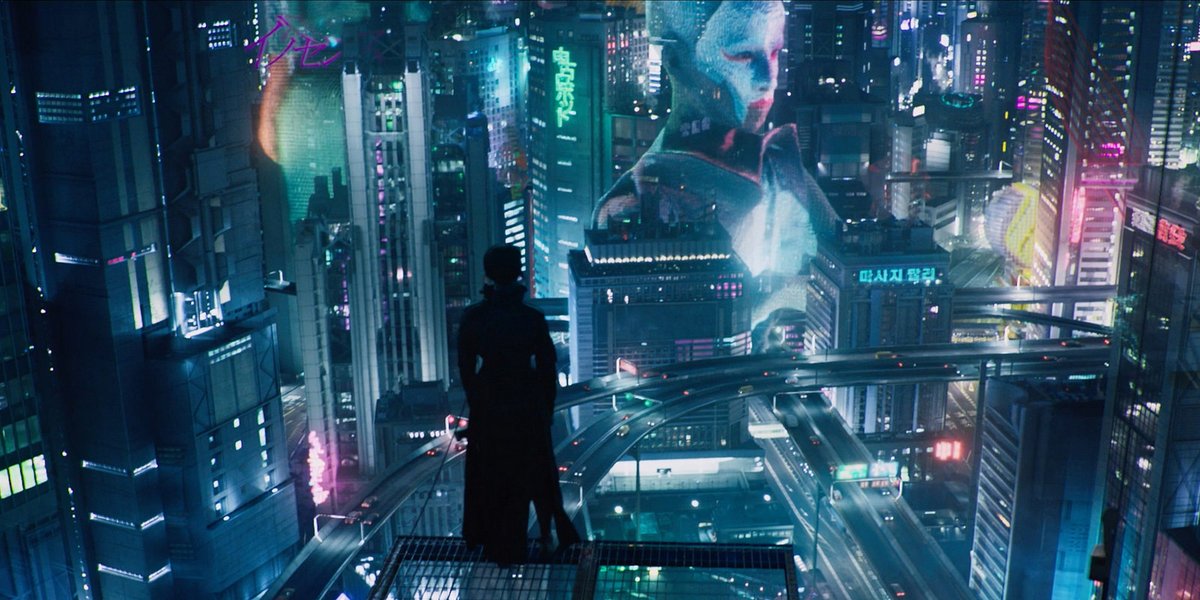
And look dope while doing it
Fans of previous GITS entries may have raised an eyebrow or two at how alien that premise sounds compared the “established canon” (the Major’s new name chief among them.) While GHOST IN THE SHELL loosely follows the beat structure of Mamorou Oshii’s 1995 film, the same can’t be said for the narrative. In fact, outside of a faithful recreation of the tone and atmosphere, this new GHOST IN THE SHELL has no interest at all in aping the original. The filmmakers are clearly faithful to the source material to the point where their take on it still feels like the anime, but execute it in such a way that is both unique and superior to the original. Characters are repurposed in ways far more clever than your typical comic adaptation (Kuze is a hybrid of Hideo Kuze and the Puppet Master, which is pretty apt when you consider both of those characters’ struggles with identity), and the primary investigation is inexorably linked to the Major’s own journey of self-discovery, rather than a distraction from it.
More significantly, GHOST IN THE SHELL understands cinema better than the original (or any previous iteration for that matter). While the ‘95 film gave us that beautiful montage of the Major traversing Newport City, many conveniently forget how it was also mostly composed of long takes of characters sitting at tables, dumping exposition on each other like there was no tomorrow. I’ll concede, 2017’s GHOST IN THE SHELL’s dialogue is a far cry from good, but at least it gets the same message across with about a 10th of the words thanks to actually showing the audience what it wants to communicate. Granted, this is filmmaking at its most basic, and it only merits mention because it’s the first adaptation of the manga to get it right.
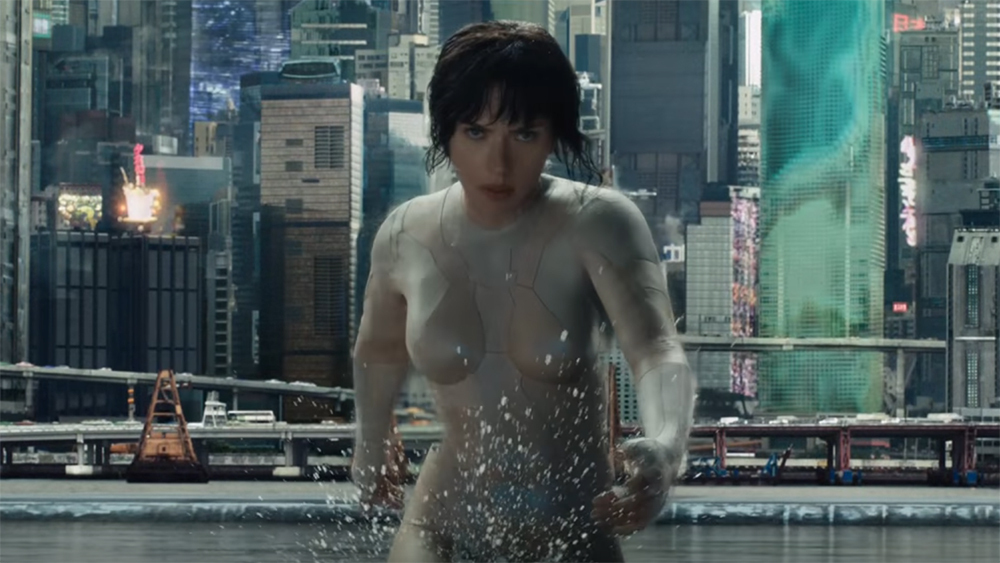
Don’t judge a ghost by its shell
What is commendable is that this film covers its exhaustive breadth of topics in a succinct 100 minute runtime. As both science fiction and an origin story, it wouldn’t be too far-fetched for this movie to push three hours, but it nails both in a timespan comparable to you average found-footage horror film. Rupert Sanders doesn’t have the most sterling filmography, but he definitely understands economical storytelling. GHOST IN THE SHELL is short and sweet, with never a dull moment in the mix. The action segments aren’t the most exciting, but that has more to do with them being viewed in close proximity to titans of absurdity like xXx: THE RETURN OF XANDER CAGE and JOHN WICK: CHAPTER 2 than by any faults of their own. Like the anime, it’s a lot of traditional, cover-based shooter fare, albeit extremely stylized, making excellent use of slow motion. This isn’t the brainless action reboot that many feared it would be, but it does do the original justice in that regard.
Where GHOST IN THE SHELL clearly distinguishes itself is in its aesthetic. The film is visually unimpeachable, featuring the best practical and digital effects in ages. More recent iterations (STAND ALONE COMPLEX and ARISE) were lazy in their depictions of the future, more or less resembling a contemporary Japan that just so happened to be populated by robots. But Rupert Sanders raises the bar and hurls it through the goddamn ceiling. Not only is it easily the most imaginative sci-fi world in the history of the franchise, but it boasts some of the most stunning set pieces seen in futuristic universe since SPEED RACER. To call the experience of watching GHOST IN THE SHELL immensely pleasurable would be an understatement, and there are heights in this film that are practically pornographic in spectacle.
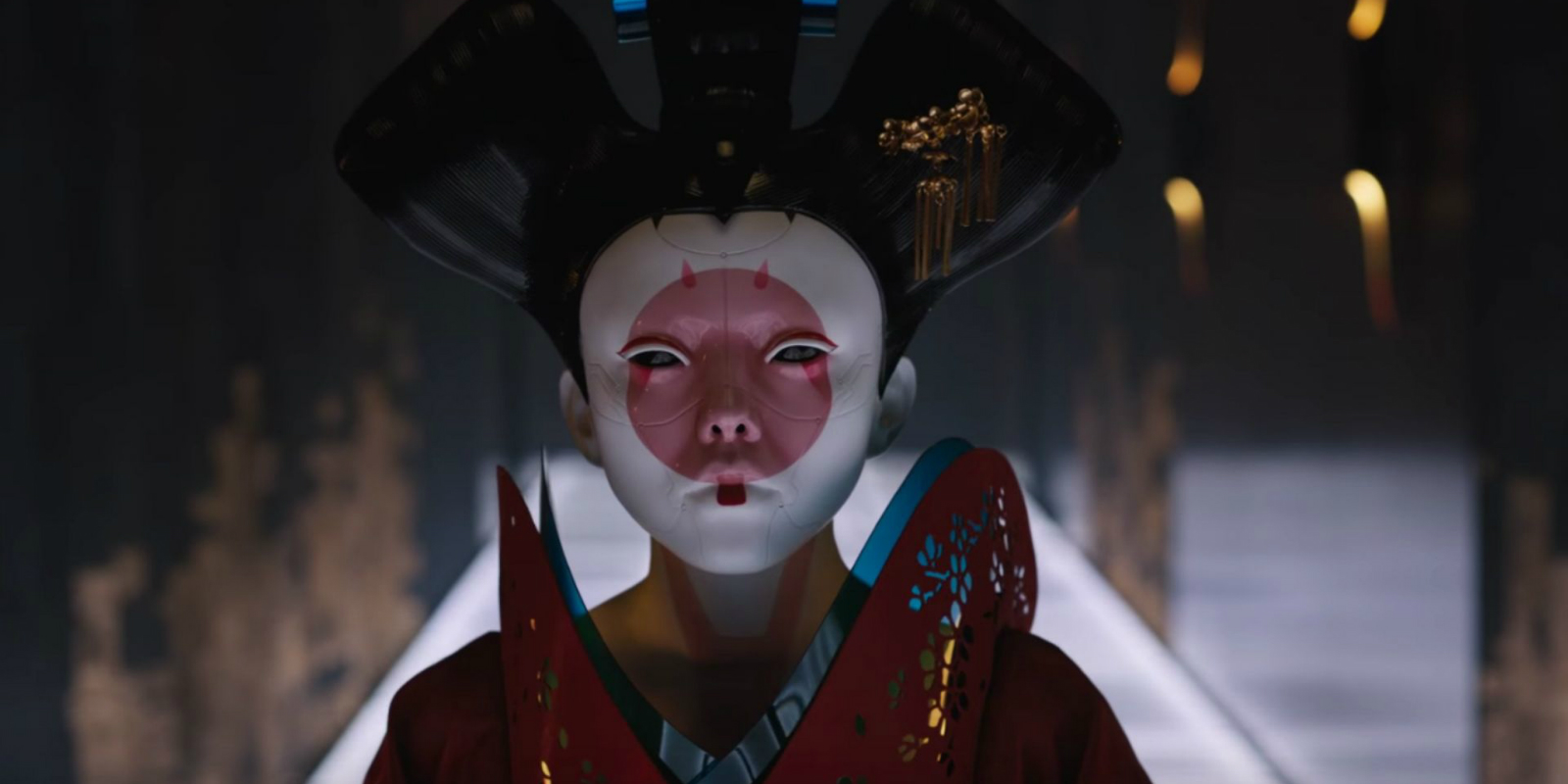
There is a person in this robot!!
Outside of some real stinkers in the dialogue (take a shot whenever someone reminds ScarJo that there is a Ghost in her Shell), the only real weak link in this assembly is Johansson’s performance. While she’s a natural fit for the role, coming off of UNDER THE SKIN and LUCY, she’s undeniably uneven. Sometimes she’s stiff and robotic, other times she displays childlike innocence and curiosity, and yet other scenes see her yucking it up with her squad mates. It would be one thing if the Major gradually became more “human” as the film progressed, but that’s not the case. Johansson goes back and forth and back again in her portrayal, as if no one attached to this project could decide if the Major should be a badass soldier or a vulnerable damsel. While this could be chalked off as “nuance,” the incongruous nature of these mood swings ends up making them come across as heel turns more than anything else.
It’s a shame, because this Major is also one of the most conceptually compelling in the series’s history, as she actually has a personal stake in the conflict. The Major’s femininity is also central to her struggle, as her body, and the drugs needed for it to function, are controlled by shadowy corporations. The much-lamented casting of Johansson even ends up justifying itself in a touching third act revelation that calls back to the first film’s opening text crawl. And it’s not just this version of the Major that is triumphant, either. Relative unknown Pilou Asbaek nails it as the Major’s cyborg partner, Batou, and the venerable “Beat” Takeshi Kitano is easily the coolest version of Section 9’s Chief Aramaki yet committed to screen.
GHOST IN THE SHELL is a far better film than it has any right to be. It isn’t only a better work than the original movie, it is the best installment in the history of the franchise. It keeps what works, namely the phenomenal world building and thematic density, and realizes them with brisk pacing and unparalleled visual flair. Just as Oshii’s 1995 movie blazed new trails in sci-fi cinema, 2017’s GHOST IN THE SHELL is the most groundbreaking adaptation from book to screen, full stop.
Verdict: Recommend

